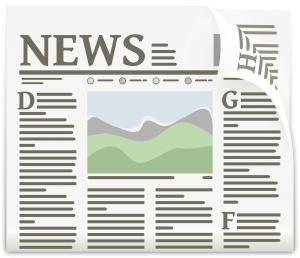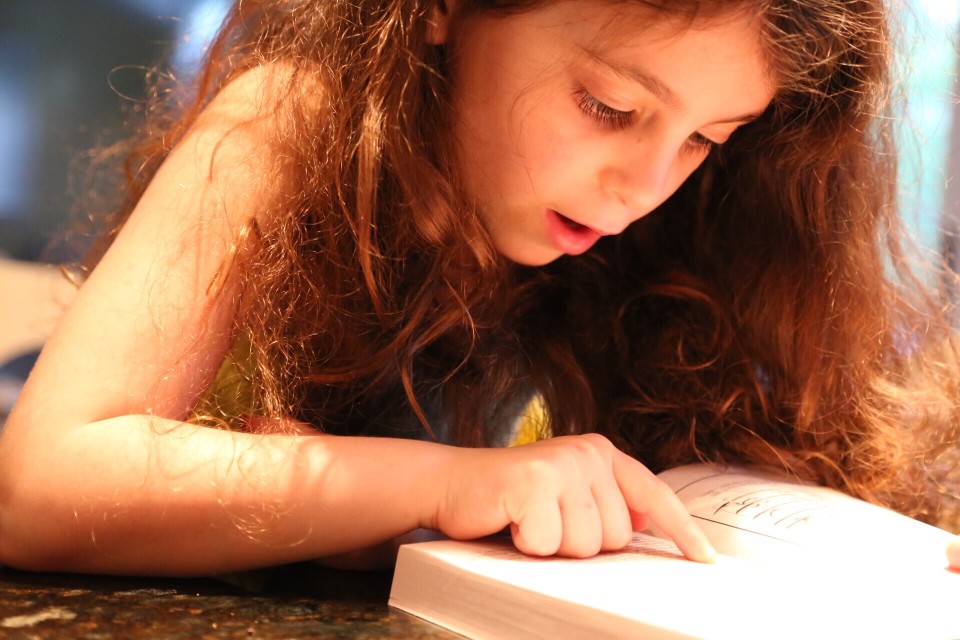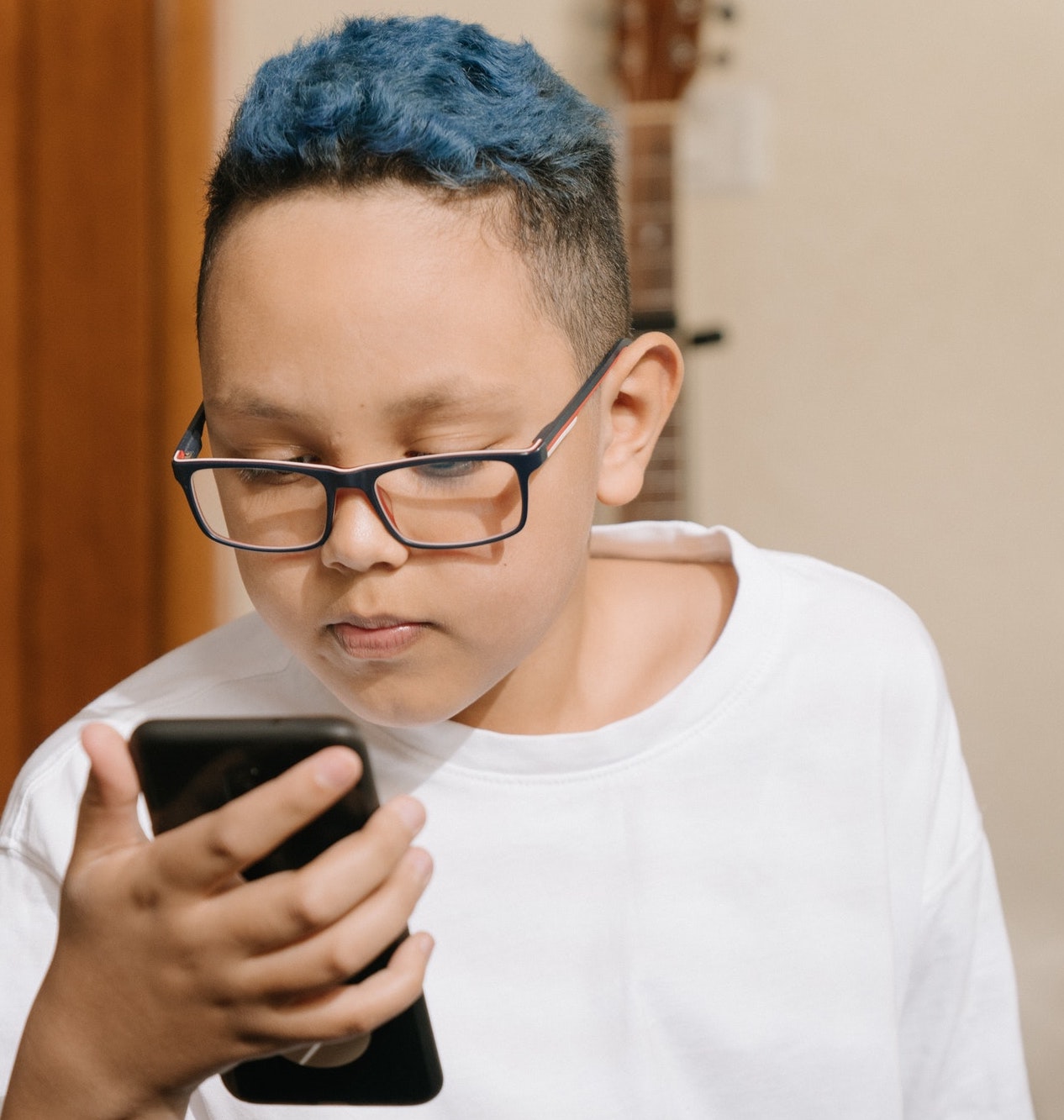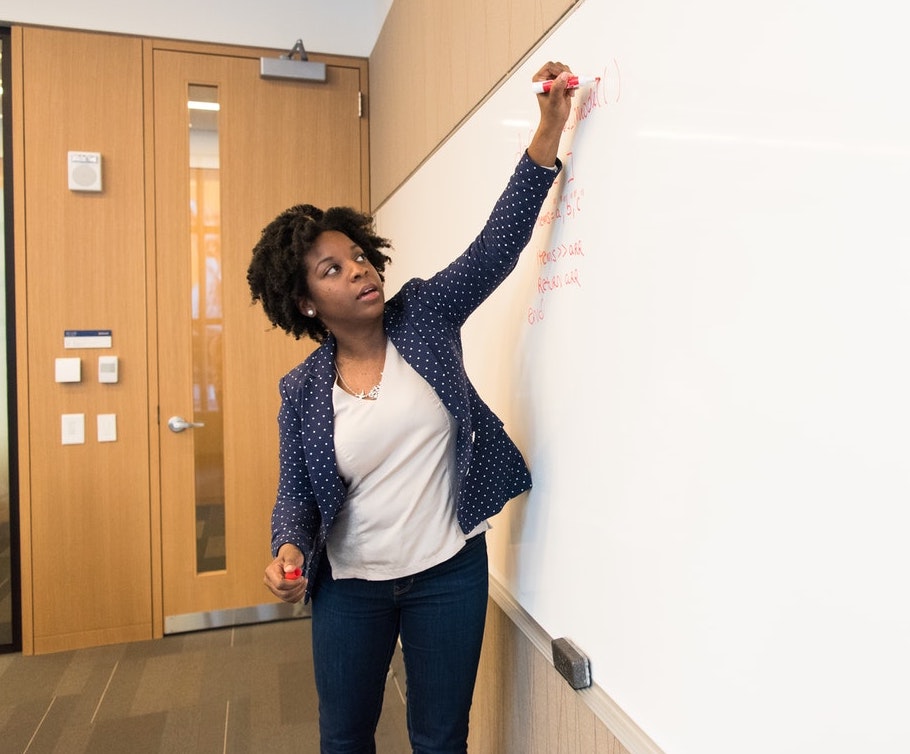News Literacy: How Educators Can Help Students Spot Fake News [web resource]
 The News Literacy Project and Scripps are teaming up with other partners Jan. 25-29 on sessions, activities and resources for educators to help children identify truth from fiction.
The News Literacy Project and Scripps are teaming up with other partners Jan. 25-29 on sessions, activities and resources for educators to help children identify truth from fiction.
As some outlets try to blur the lines between fiction and reality, differentiating the truth has become more challenging for students. A group of researchers from Stanford University in 2019 noted that 96% of high school seniors they surveyed struggled to understand the legitimacy of sources and news from fake news. Half of them couldn’t even tell that a doctored video shot in Russia was not ballot stuffing in the United States.
From Jan. 25-29, just days after the inauguration of President-elect Joe Biden, the News Literacy Project along with The E.W. Scripps Company will unveil its second awareness campaign during National News Literacy Week aimed at giving educators and others the tools to fight fake news and the scores of less-than-reputable sources that fan false information.
Resources for educators
In two weeks, the News Literacy Project will offer a number of learning sessions and tools that educators can use in the fight for facts, including quizzes and tips on its website NewsLiteracyWeek.org. It is also hosting three separate events for those interested:
- A professional development session called NewsLitCamp on Jan. 26 with CNN
- A Twitter chat on Jan. 25 at 3 p.m. for #NewsLiteracyWeek
- A conspiratorial thinking session with its education team on Jan. 27 at 4 p.m.
One tools it is launching in the fight against fake news is NewsLit Nation, which is “an educator network that will support local ambassadors advocating for news literacy to be taught in their local schools.”
Another resource is Checkology, a virtual classroom for educators that the NLP says helps students “identify misinformation easily.” Teachers and students can register on the site for free and connect with each other through the portal. There they can explore lessons and engage in critical thinking and skill building to help provide clarity when they are on social media or viewing other news sources. One super cool feature for registered users is that it can connect educators with journalists for visits to their schools.
The News Literacy Project has a number of other resources available to educators at all grade levels on its website, including lesson plans, posters and activities for children, along with a number of articles and infographics on finding truth amid the sea of fiction on social media such as “Five Types of Misiniformation” and “How to Know What to Trust.”
Excerpted from “News Literacy: How Educators Can Help Students Spot Fake News” in District Adminstration. Read the full article online.
Source: District Administration | News Literacy: How Educators Can Help Students Spot Fake News, https://districtadministration.com/news-literacy-how-educators-can-help-students-spot-fake-news | © 2021. District Administration
CHC offers free community education sessions for educators. Join us to learn practical teaching strategies you can use in your classroom to help more kids reach their promise and potential. Educator sessions are led by experienced educator/clinician teams from Sand Hill School and CHC.





